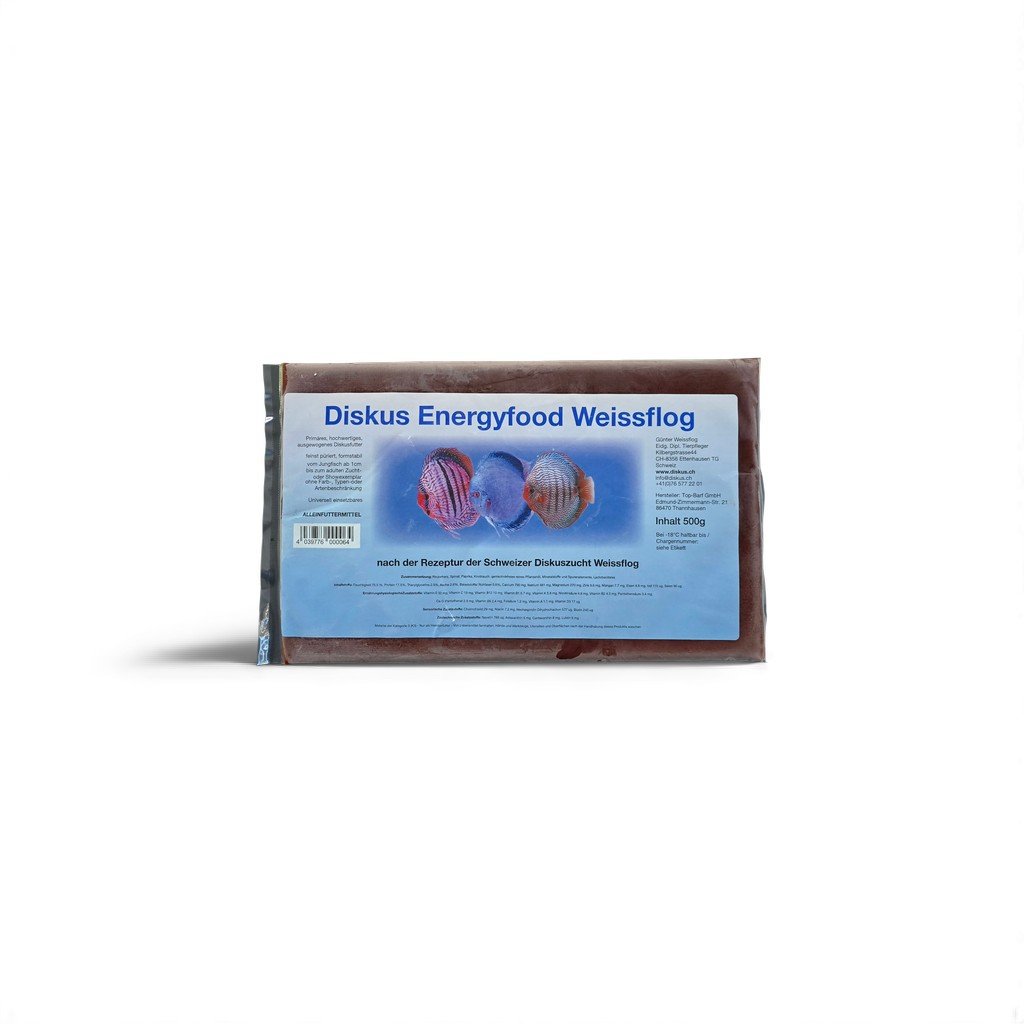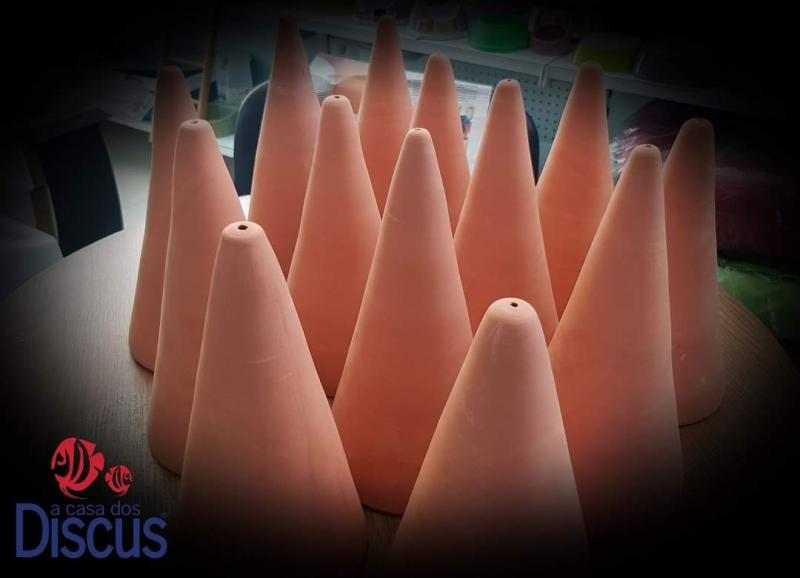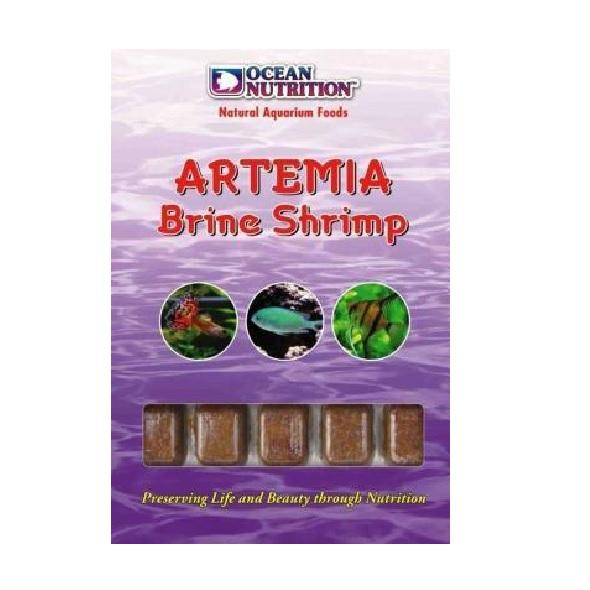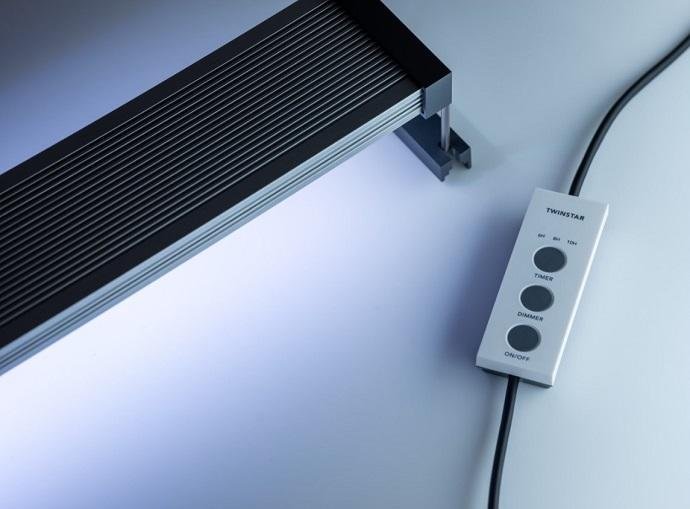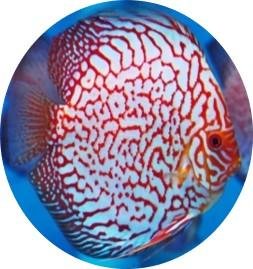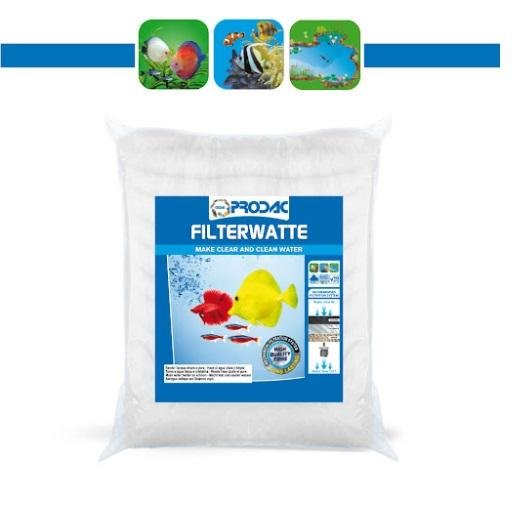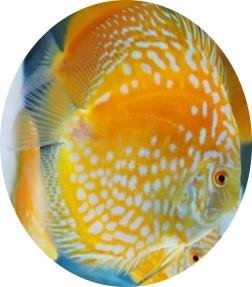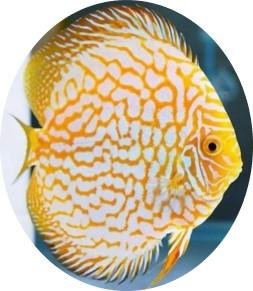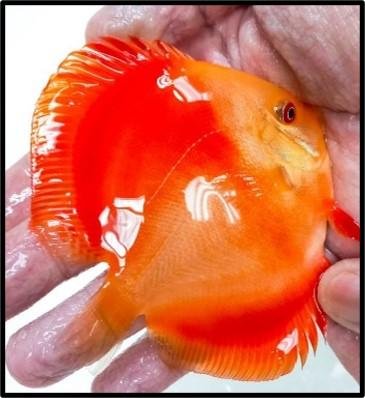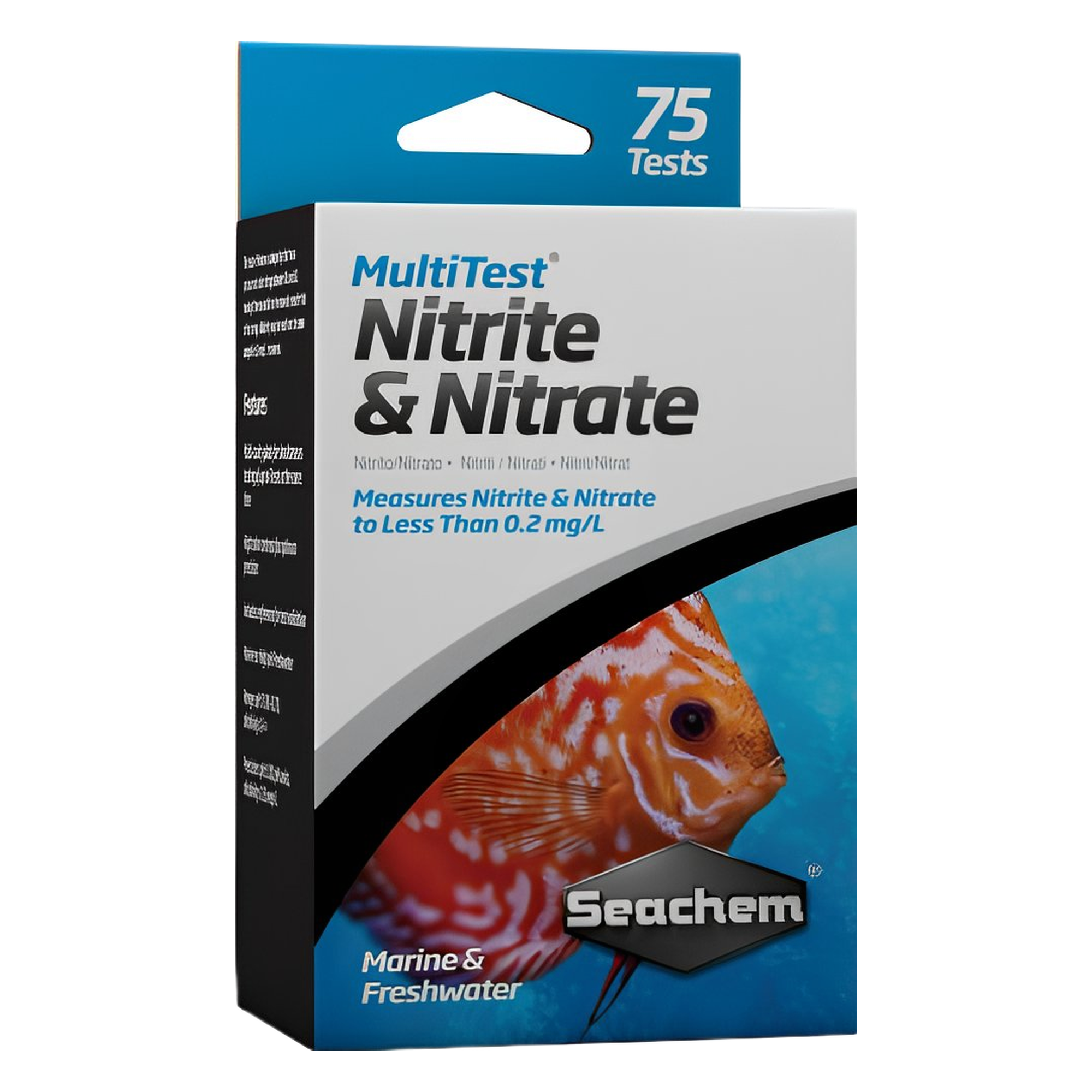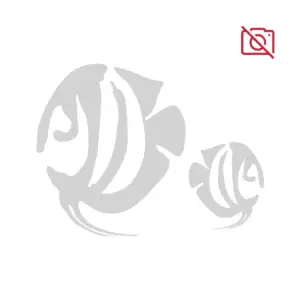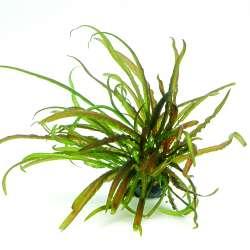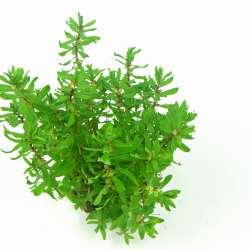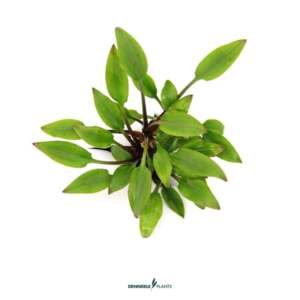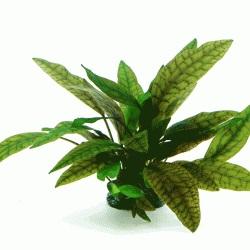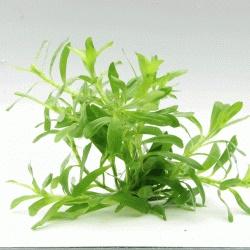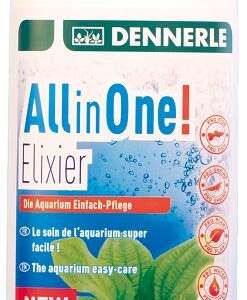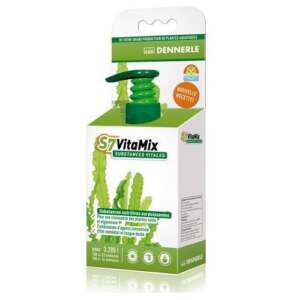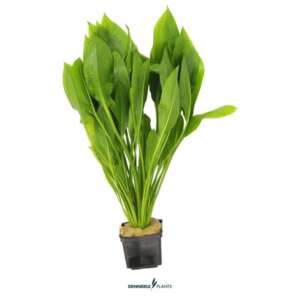Menu
Categorias
- BOTÂNICOS NATURAIS
- VIVOS
- CICLIDEOS ANÕES DO SUL DA AMÉRICA
- LABYRINTH FISH
- ANGEL FISH
- DISCUS SELVAGENS-H&K-Hudson Crizanto
- CICLIDEOS DO SUL DA AMÉRICA
- CICLIDEOS AFRICANOS ANÕES
- CICLIDEOS AFRICANOS
- OTHER FISH
- L`s H&K - Hudson Crizanto
- PEIXES COMUNITARIOS
- BARBOS
- INVERTEBRADOS
- TETRAS
- VIVÍPAROS
- PEIXES ARCO IRIS
- RAIAS
- PEIXES AGUA FRIA
- DISCUS
- CICLIDEOS
- NON-CZECH FISH
- KILLY FISH
- LORICARÍDEOS/PEIXE-GATO
- REPTEIS-ANFIBIOS
- ILUMINAÇÃO
- Lagos
- BOUTIQUE
- AQUARIOFILIA
- AQUÁRIOS
- CONDICIONADORES
- MEDICAÇÃO/SUPLEMENTOS
- PLANTAS
- Geral
- HARDSCAPE
- ARTHANDCER
- SUBSTRATOS
- FILTRAGEM
- ALIMENTAÇÃO
- MANUTENÇÃO
- AQUECIMENTO/ARREFECIMENTO
- NUTRIENTES PARA PLANTAS
- EXTERILIZADORES
- AQUATERRÁRIO
- TESTES
- CO2/AERAÇÃO
- CÃES-GATOS
Log in
Login
Registo
- Aquariofilia
- Vivos
- Boutique
- Destaques
- Novidades
Novidades
- Promoção
Promoções
Multitest Nitrite & Nitrate
36,70€O preço original era: 36,70€.27,53€O preço atual é: 27,53€. IVA Incl.
Cryptocoryne crispatula In-Vitro – eas...
6,99€ IVA Incl.
CRYPTOCORYNE CRISPATULA IN-VITRO
Growth height- 60 cmOrigin countryIndien, Thailand
UsageAquascaping, BarschaquariumTypeAusläufer
FamilyAraceaeSpeciesCryptocoryne
BreedingAusläuferGrowth speedmittel
pH6 - 9Water hardness10 - 30 °dh
Hints
The grass-leaved water trumpet is a very attractive plant for the background. The species crispatula is very variable, just like the varieties balansae or tonkinensis. Particularly striking are the more or less nubby leaves with wavy edges. The leaf blades may develop wonderful colours, depending on the intensity of illumination. This water trumpet is especially recommendable for cichlid aquaria with higher water hardness. However, the plant is also a great feature in a larger community aquarium together with other plants.
Adicionar
Bucephalandra spec. ‘Broad Wavy’...
6,99€ IVA Incl.
A new genus takes aquatics by storm! The endemic genus Bucephalandra is only found in Borneo and like the Cryptocorynes and Anubias it belongs to the arum family. The exact scientific definition is currently very uncertain, so we get the name of this variety from the habit of the plant. Bucephalandra species are epiphytes and should therefore be attached to stones and roots. The 'Wavy Leaf' variety grows especially vigorously and is a decorative beauty. An ideal plant for Nano Cubes!
Adicionar
Bucephalandra spec. ‘Brownie’ NE...
6,99€ IVA Incl.
A new genus takes aquatics by storm! The endemic genus Bucephalandra is only found in Borneo and like the Cryptocorynes and Anubias it belongs to the arum family. The exact scientific definition is currently very uncertain, so we get the name of this variety from the habit of the plant. Bucephalandra species are epiphytes and should therefore be attached to stones and roots. The 'Wavy Leaf' variety grows especially vigorously and is a decorative beauty. An ideal plant for Nano Cubes!
Adicionar
Taxiphyllum spec. ‘Flame moss’ I...
7,49€ IVA Incl.Em stock
Taxiphyllum spec. Flammenmoos In-Vitro Licht Icon Lighting Licht Icon Color Licht Icon Position Licht Icon 22 –...
Adicionar
Ludwigia arcuata In-Vitro – medium Cat...
6,99€ IVA Incl.
LUDWIGIA ARCUATA
Nome Popular: Ludwigia Agulha
Nome Científico: Ludwigia arcuata
Origem: América do Norte
pH: 6.0 a 8.0
Temperatura: 20 a 26ºC
Iluminação: Média a Forte
Dureza da água: Mole a Média
Tamanho: De 20 a 40 cm
Posição no aquário: Meio ou Fundo
Propagação: Corte e replantar de mudas
Exigência quanto aos cuidados: Média
Nutrição: Pelas raízes e folhas, recomendado o uso de substratos férteis e fertilizantes líquidos, especialmente os que contenham ferro em sua composição.
Adicionar
Cryptocoryne lutea ‘Hobbit’
7,49€ IVA Incl.
CRYPTOCORYNE LUTEA ´HOBBIT´ Growth height- 5 cmOrigin countryZuchtform UsageAquascaping, Gesellschaftsaquarium, NanoCubeTypeRosettenpflanze FamilyAraceaeSpeciesCryptocoryne BreedingAusläuferGrowth speed pH5 – 8Water...
Adicionar
Cryptocoryne x purpurea In-Vitro
6,99€ IVA Incl.
CRYPTOCORYNE X PURPUREA Growth height- 10 cmOrigin countryBorneo UsageAquascaping, GesellschaftsaquariumTypeRosettenpflanze FamilyAraceaeSpeciesCryptocoryne BreedingAusläuferGrowth speedlangsam pH5 – 7Water hardness2...
Adicionar
Heteranthera zosterifolia In-Vitro – m...
6,99€ IVA Incl.
The stem plant Heteranthera zosterifolia is a stunning beauty in the aquarium. The vibrant, light green leaves are up to 5 cm long and grow in an alternating leaf formation. Its requirements are relatively minimal, with good lighting and CO2 fertilisation, growth is compact and fast. It is therefore recommended that the shoots are trimmed regularly. On our Plantahunter tour in Brazil, we saw the plant in the Rio da Prata over several kilometres of river. In fact, we even encountered lush plants in the crystal clear water where it was 2 m deep. The Heteranthera is a plant that is rich in contrast for the midground to background and works especially well in combination with colourful plants such as Rotala rotundifolia.
Adicionar
Dennerle – All in One Elixir 250ml
13,99€ IVA Incl.Em stock
O AQUÁRIO FACILITA O TRATAMENTO DE PEIXES, CAMARÕES, PLANTAS, FILTROS E ÁGUA.
TUDO EM UM! ELIXIER
Ideal durante a fase inicial de todos os aquários
O cuidado fácil para todos os aquários, ideal para iniciantes com um aquário de 54 litros (60 cm)
Com 12 componentes ativos cuidadosamente coordenados:
carbono, ferro, nutrientes vegetais, estabilizadores de nutrientes, aminoácidos, vitaminas, oligoelementos, extratos de ervas, aloe vera, dexpantenol, iodo, filtro booster
Para peixes e camarões de cores vibrantes, plantas verdes e água limpa e saudável
Resultados visíveis dentro de semanas
Fácil de usar
Adequado para o Dosador
Adicionar
Echinodorus grisebachii Bleherae, XXL
19,99€ IVA Incl.
Large Amazon sword
This large Amazon sword plant is possibly the most popular aquatic plant. Its leaves are 3-6 cm wide, making them broader than the 'amazonicus', and with growth up to 60 cm it is certainly the more dominant in appearance. Older bushes, sometimes with more than 50 leaves, are an impressive sight. The substrate must be at least 10 cm deep so that the root system can spread properly. Combine with various Helanthium species (dwarf Echinodorus) to create outstanding South American underwater landscapes.
Adicionar
Echinodorus ‘Scarlet Snake’ -eas...
6,99€ IVA Incl.
ECHINODORUS SCARLET SNAKE Growth height60 – 70 cm Origin countryZuchtform UsageBarschaquariumTypeRosettenpflanze FamilyAlismataceaeSpeciesEchinodorus BreedingAdventivpflanzen an den BlätternGrowth speedmittel...
Adicionar
Todas as Categorias
- ALIMENTAÇÃO
- AQUARIOFILIA
- AQUÁRIOS
- AQUATERRÁRIO
- AQUECIMENTO/ARREFECIMENTO
- ARTHANDCER
- BOTÂNICOS NATURAIS
- BOUTIQUE
- CÃES-GATOS
- CO2/AERAÇÃO
- CONDICIONADORES
- EXTERILIZADORES
- FILTRAGEM
- Geral
- HARDSCAPE
- ILUMINAÇÃO
- Lagos
- MANUTENÇÃO
- MEDICAÇÃO/SUPLEMENTOS
- NUTRIENTES PARA PLANTAS
- PLANTAS
- REPTEIS-ANFIBIOS
- SUBSTRATOS
- TESTES
- Uncategorized
- VIVOS
- ANGEL FISH
- BARBOS
- CICLIDEOS
- CICLIDEOS AFRICANOS
- CICLIDEOS AFRICANOS ANÕES
- CICLIDEOS ANÕES DO SUL DA AMÉRICA
- CICLIDEOS DO SUL DA AMÉRICA
- DISCUS
- DISCUS SELVAGENS-H&K-Hudson Crizanto
- INVERTEBRADOS
- KILLY FISH
- L`s H&K - Hudson Crizanto
- LABYRINTH FISH
- LORICARÍDEOS/PEIXE-GATO
- NON-CZECH FISH
- OTHER FISH
- PEIXES AGUA FRIA
- PEIXES ARCO IRIS
- PEIXES COMUNITARIOS
- RAIAS
- TETRAS
- VIVÍPAROS


